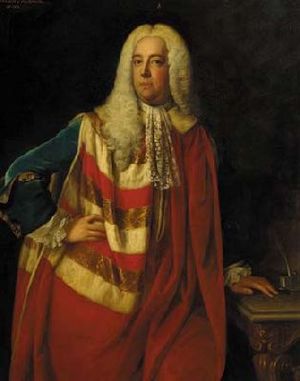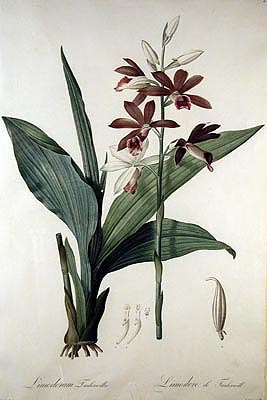Charles Bennet, 4th Earl of Tankerville facts for kids
Quick facts for kids
The Earl of Tankerville
|
|
|---|---|
 |
|
| Born | 15 November 1743 St.James's Square, Middlesex
|
| Died | 10 December 1822 (aged 79) |
| Nationality | English |
| Other names | Lord Ossulston (from 1753 to 1767) |
| Education | Eton College |
| Occupation | Gentleman |
| Known for | Cricket |
| Title | 4th Earl of Tankerville |
| Successor | Charles Augustus Bennet |
| Spouse(s) | Emma Colebrooke |
| Children | 8 |
| Parent(s) | Charles Bennet, 3rd Earl of Tankerville and Alice (née Astley) |
Charles Bennet, 4th Earl of Tankerville (born November 15, 1743 – died December 10, 1822) was an important British nobleman. He was known as Lord Ossulston from 1753 to 1767. He loved collecting shells and was a famous supporter of cricket in the 1770s. He even helped create some of the first rules for the game, including the "Leg before wicket" rule.
His wife, Emma, Lady Tankerville, was also very famous. She collected many rare and exotic plants. The very first tropical orchid to bloom in England flowered in her greenhouse. This orchid was named after her! She had over 600 beautiful drawings of her plants. These drawings are now kept at Kew Gardens.
Contents
About Charles Bennet
Charles Bennet was born in 1743. He went to Eton College from 1753 to 1760. When his father passed away in 1767, Charles became the Earl of Tankerville. In 1771, he married Emma Colebrooke. They made their home at Mount Felix in Walton-on-Thames, which had a lovely view of the River Thames.
Lady Tankerville's Plant Collection

Lady Tankerville had a huge collection of exotic plants at Mount Felix. Many people thought it was the biggest collection in the London area. Some plants were even named after her, like the Nun's Orchid or Phaius tankervilleae. She hired artists to draw her plants on special paper called vellum.
His Love for Cricket
Charles Bennet loved playing cricket. He was known for being a very good fielder. He even hired famous cricketers like Edward "Lumpy" Stevens and William Bedster to work for him. "Lumpy" Stevens was a gardener at his estate, and William Bedster was his butler.
"Lumpy" Stevens was so good at bowling that his balls sometimes went right through the two stumps used back then! This led to an important change in cricket. In 1776, a third, middle stump was added to make the game fairer.
New Cricket Rules
In 1774, the Earl of Tankerville was part of a group that wrote new rules for cricket. They met in London to decide on these rules. This meeting was very important because it was the first time the "Leg before wicket" (LBW) rule was officially written down. This rule is still a big part of cricket today.
The Earl continued to be involved with cricket until 1781. After that, he became more involved in politics. He was appointed as a Postmaster General in 1782 and again in 1784. He passed away on December 10, 1822. His oldest son, Charles Augustus, became the next Earl.
His Legacy and Family
The Earl of Tankerville also enjoyed collecting maps and shells. His shell collection was very valuable. Many flowers, shells, and snails have been named tankervillii in his honor. For example, the snail called Amalda tankervillii is likely named after him.
His wife, Emma, was honored when the plant Phaius tankerville was named after her. This was the first tropical orchid to bloom in England, thanks to her efforts.
His Children's Talents
Their daughter, Lady Mary Elizabeth Bennet (born 1785 – died 1861), was very creative. She worked with their gardener to grow new kinds of pansy flowers. She also became a talented artist. She trained with famous London artists and created beautiful watercolor paintings. Some of her paintings are still shown in art exhibitions today.
Lady Mary Elizabeth also learned engraving and miniature painting. She worked with artist John Linnell to create a set of twelve engravings about Chillingham Castle, which was part of her family's estate.
Their second son, The Hon Henry Grey Bennet, became a member of Parliament. Their third son, The Hon John Astley Bennet, became a captain in the Navy. Their oldest son, Charles Augustus, became the 5th Earl and held an important role in the government.

